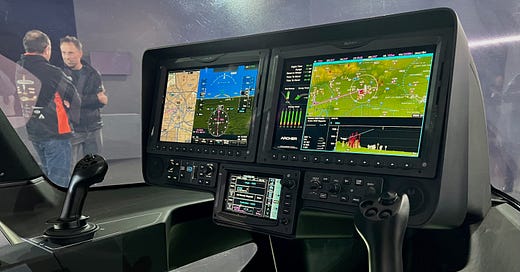How Evidence-Based-Training will help pilots get used to next-gen aircraft
When an aviation insurance underwriter assesses a pilot, you can bet they’ll ask this question: “How many hours?”
Traditional pilot training focuses on building flight hours, structured classroom learning, and rigid procedures. While effective, this hours-based system may lack the adaptability needed for rapidly evolving technologies. Evidence-Based Training (EBT) and Competency-Based Training and Assessment (CBTA) offer a different approach: they focus on specific competencies and use real-world data to identify and address areas for improvement. Taking it a step further, the training itself can be tailored in real-time to target specific skill in need of reinforcement or practice. Capt. Fahad Ibne Masood MRAeS1 highlights three key elements that are shaping the future of pilot training:
The true magic lies in the synergy between EBT, CBTA and high-fidelity simulators.
For eVTOL pilots, this shift is essential. Frequent transitions between vertical and horizontal flight, low-altitude flying and complex airspace all highlight the need for EBT and CBTA to equip pilots with the necessary skills for operating in these environments, using high-fidelity simulators to mimic the specific handling characteristics of different aircraft.
For insurers, EBT and CBTA bring further complexity to the underwriting process, requiring a deeper understanding of individual training procedures. Although “how many hours” remains a very useful question, new training methods offer the potential to provide much deeper insight into pilot competency.
Skyrisks | Specialists in AAM & UAS insurance
Get in touch with Skyrisks
See what we offer




